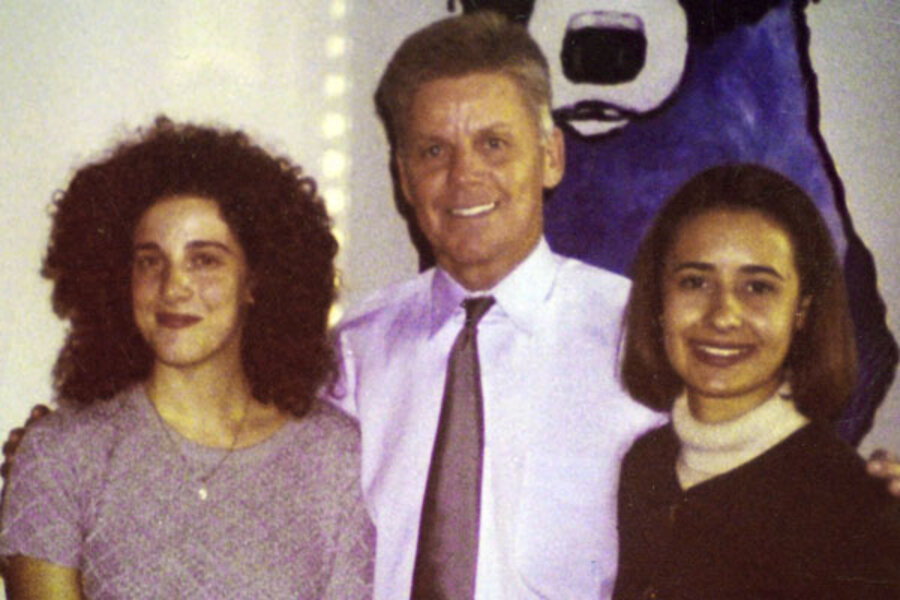Chandra Levy: Confidential transcripts from hearings made public
| Washington
Previously confidential transcripts of hearings related to the case of murdered Washington intern Chandra Levy were made public Monday, and more court documents will be made public by the week's end, largely ending a dispute about secrecy in the case.
The newly released transcripts made public after a hearing Monday cover five hearings held earlier this year. Though they are in part redacted, they provide some new details about post-trial proceedings, but because more recent hearings including Monday's have been largely open, the majority of what they contain was already known. Lawyers have held a number of meetings in the case in recent months, but the public and press have not always been able to listen to all of them.
News organizations including The Associated Press, had objected to the secrecy, but the judge overseeing the case said it was necessary for safety concerns. Transcripts released Monday confirm those concerns had to do with the safety of a key witness who helped convict Salvadoran immigrant Ingmar Guandique of Levy's death, and the witness' family.
Lawyers have been discussing information that could discredit the witness, Guandique's one-time cellmate, Armando Morales.
Morales testified during Guandique's 2010 trial that Guandique had confided that he was responsible for Levy's death.
Defense attorneys have said they intend to request a new trial based on information that calls Morales' testimony into question. Defense attorneys said Monday they would likely file that request with D.C. Superior Court Judge Gerald Fisher within 45 days of the next hearing in the case, which is set for Sept. 26.
Levy's 2001 disappearance became international news after she was romantically linked with then-US Rep. Gary Condit of California. He was questioned about her disappearance, but police no longer believe he was involved. The 24-year-old Levy's body was found in Washington's Rock Creek Park in 2002, and Guandique, who had previously been convicted of attacking women in the park, was ultimately charged.
The first of the documents made public late Monday cover hearings in January, February and April and total about 300 pages. The information they contain, however, largely came out during a public portion at the end of the April hearing, in a more open hearing in May and again Monday. In addition, one hearing on Feb. 6 was almost all open to the public.
Lawyers and the judge on Monday continued to discuss openly the information that could discredit Morales. A lawyer for Guandique, Jonathan Anderson, repeated Monday that there were numerous contradictions in Morales' testimony. Anderson said, for example, that Morales testified he'd never come forward to law enforcement before approaching officials about Guandique's case.
A trial transcript shows that when Morales was asked at trial how he went about coming forward, he responded he was "nervous" about it and "didn't know how to do it."
What defense attorneys were apparently not told until recently, however, was that Morales told prosecutors that he had previously talked with law enforcement officials. In 1998, for example, Morales discussed three murders with law enforcement officials. He also discussed drug and weapons dealing that was going on inside a Georgia prison where he was then incarcerated.
In a hearing transcript released Monday, Judge Fisher suggests Morales wasn't directly untruthful on the stand. He says Morales was never directly asked if he provided information to law enforcement before, if he'd ever cooperated or offered to cooperate. But the judge says there was a suggestion that it was the first time he had cooperated and given information.
The transcripts also contain information that Guandique was brought to court in shackles with a so-called "black box" to prevent him from picking the lock. Security was tight because of what the judge said were "numerous instances of violence" by Guandique in prison. In addition, at one point, one of Guandique's attorneys also says that he was physically abused by marshals bringing him to court, his head hit against a wall.





